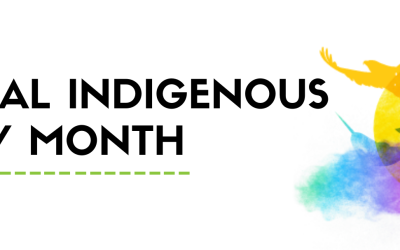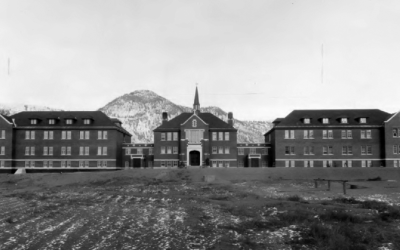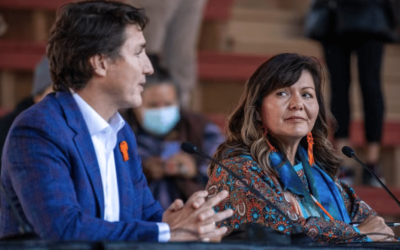- COMPAS Research carried out interview-based measurement of the perceived impact of selfgovernment on the quality of governance and services among the Westbank First Nation (Kelowna, B.C.), Yukon First Nation, the Cree of Northern Quebec, and Sechelt First Nation (Sunshine Coast, B.C.).
- This 2015 project built on the 2011 Frontier-sponsored study among the self-governing Nisga’a and the Tsimshian, a control group without self-government.
- Both studies were “qual-quant”—they reported findings quantitatively while their sample sizes were too small to truly qualify as quantitative. Each study involved about 100 respondents interviewed by phone, chosen randomly, and asked the same questions.
- The 2011 and 2015 studies were limited in that they gauged perceived effects of self-government. The studies did not analyze administrative data or other non-perceptual types of information.
- The 2011 study suggested that the self-governing Nisga’a were likely perceived as outperforming their Tsimshian cousins in delivering health and education services and in being perceived as trustworthy and honest.
- Data from the four First Nations interviewed in 2015 suggest that these four are likely perceived as more trustworthy, more honest, and consulting their people more than the Nisga’a government in 2011.
- Of the four First Nations surveyed in 2015, the three with a greater duration of self-government (Sechelt, Quebec Cree, and Yukon) are apparently perceived as providing better services than the fourth, Westbank, or than Nisga’a (2011). The self-governance experiences of Westlake and Nisga’a were shorter than the others’. This pattern lends support to the view that the duration of self-government may matter. By this logic, selfgoverning First Nations may need the passage of time to acquire the skills necessary to earn public perception of delivering quality services.
- Considered together, the findings from the two studies lend support to a mixed picture. On the one hand, the absence of self-governance does not appear to provide a fruitful experience for residents, according to their perceptions. On the other hand, self-governance on its own may not guarantee a productive future according to the perception data we collected. This mixed portrait is consistent with the findings from research on American Indian communities that both self-governance and the specific culture of a given community contribute to the quality of governance.
- Our two studies cannot yet provide guidance for how to accelerate a self-governing Aboriginal community’s perception that its governance is effective. Achieving that goal would require a broader study involving more Aboriginal communities as well as a deeper study exploring the details of community life during and following a transition to self-governance.
- The 2015 project went beyond the 2011 study in exploring the democratic knowledge and values of First Nations communities. Respondents were asked if they were aware of the claims that democracies make about themselves, how well democracies actually perform, and how much respondents would value various attributes of democracy when delivered well. The responses suggest that these communities have the cultural preconditions for democracy.
Canadian Property Rights Index 2023
A Snapshot of Property Rights Protection in Canada After 10 years



